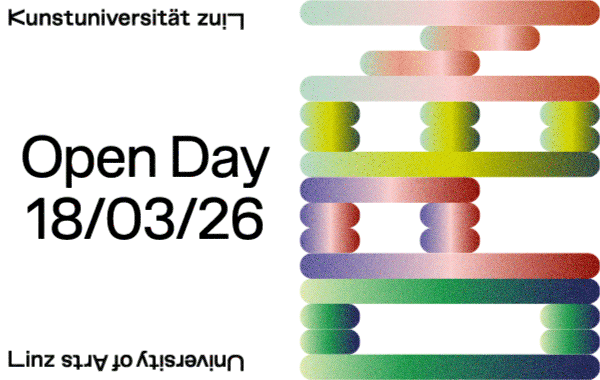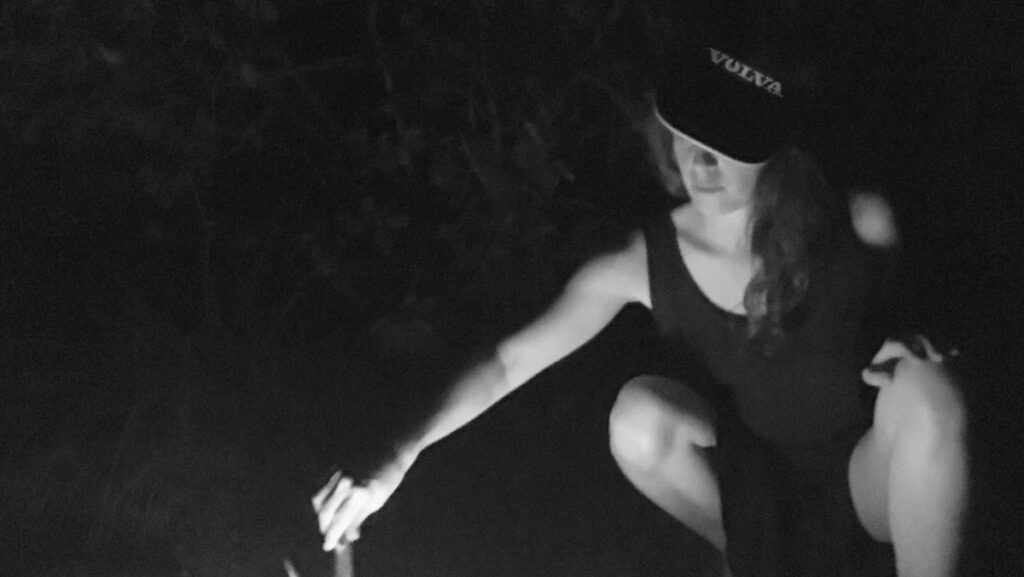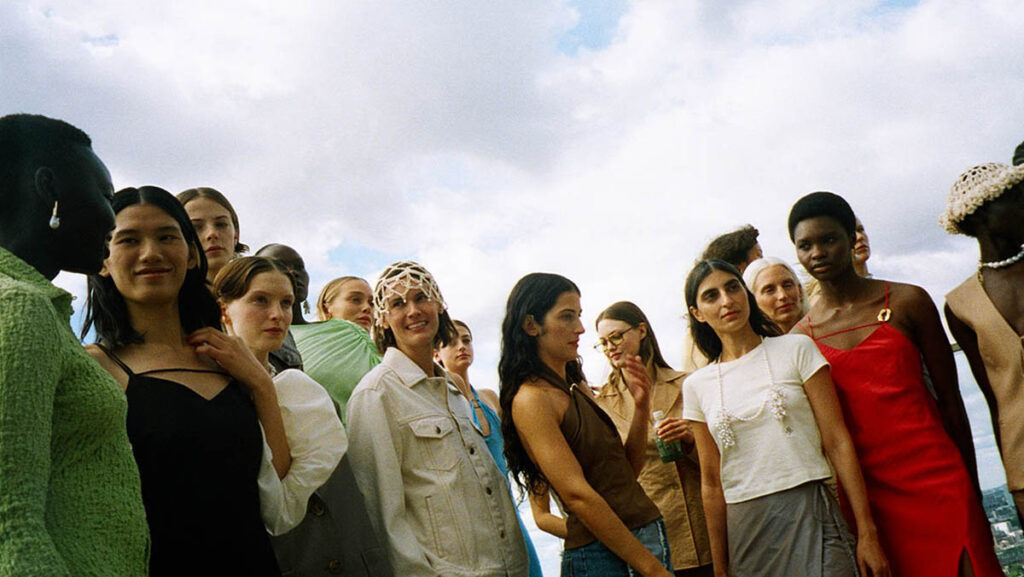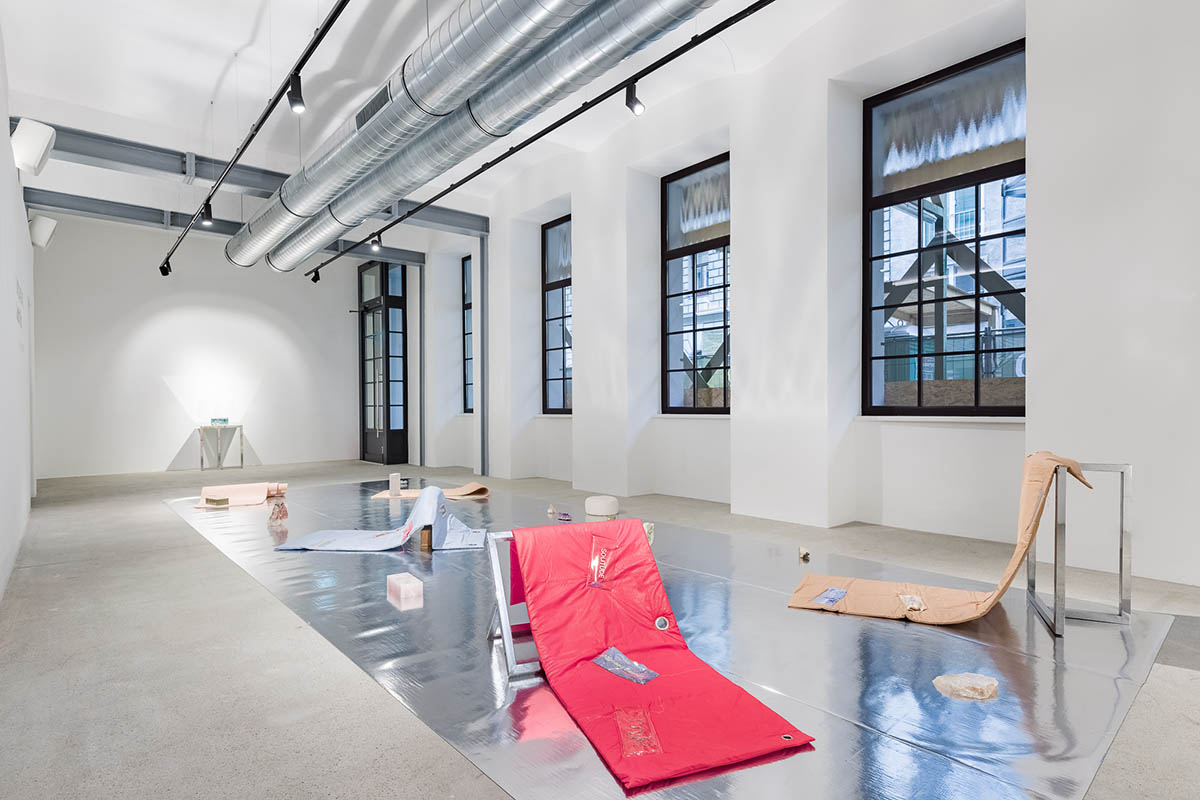
Her practice combines digital content with installations of objects and often expands into participatory performances and community engagements. Currently, she is pursuing a doctoral degree to explore the social impact of self-defining and self-revealing performances with a focus on self-care, mental health, and alternative healing methodologies.
What’s your creative process? How do ideas come to you?
I’m inspired by personal experiences and events that can change my perspective on how I view myself and others. For instance, processing the failure of romantic relationships, family issues, existential problems and other mentally difficult situations. Some of them are transformative breakthroughs that are allowing me to change my patterns, go beyond my boundaries and heal certain traumas. I analyze these events, try to research their context, find texts, talk to experts and process them through writing. Later, I decide what ways I want to express my findings and show it to others. If something is very difficult to go through, creating a project about it helps me in processing. With my practice, I want to embody the work that we do on ourselves, like how we shape our personality and build up our own identity. My practice maintains my understanding and integration to the world. I agree that ‚the personal is political‘ and it’s a radical act to cherish and preserve our authenticity or show our differences. We often struggle with the same issues and by revealing things about ourselves we can connect, empathize and heal collective traumas. I learn from lived experiences, mine and others, and what best benefits my projects and research are deep conversations and meaningful interactions.
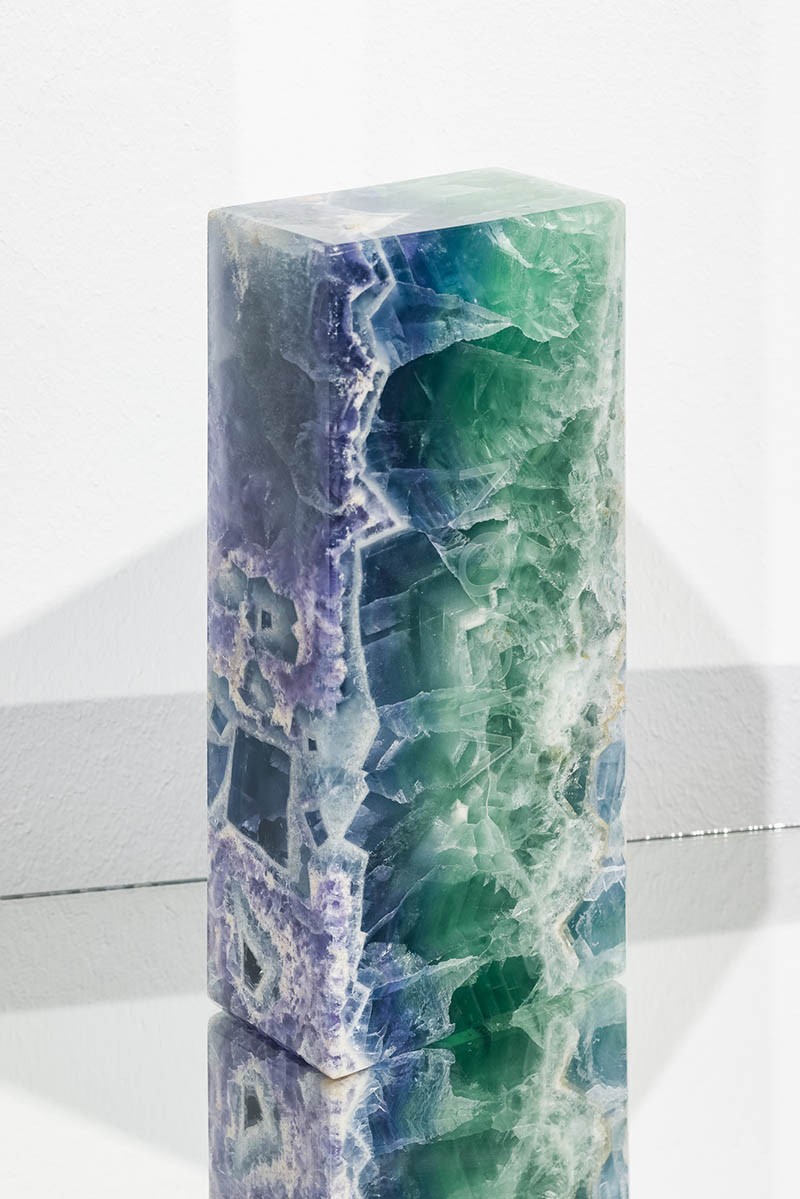
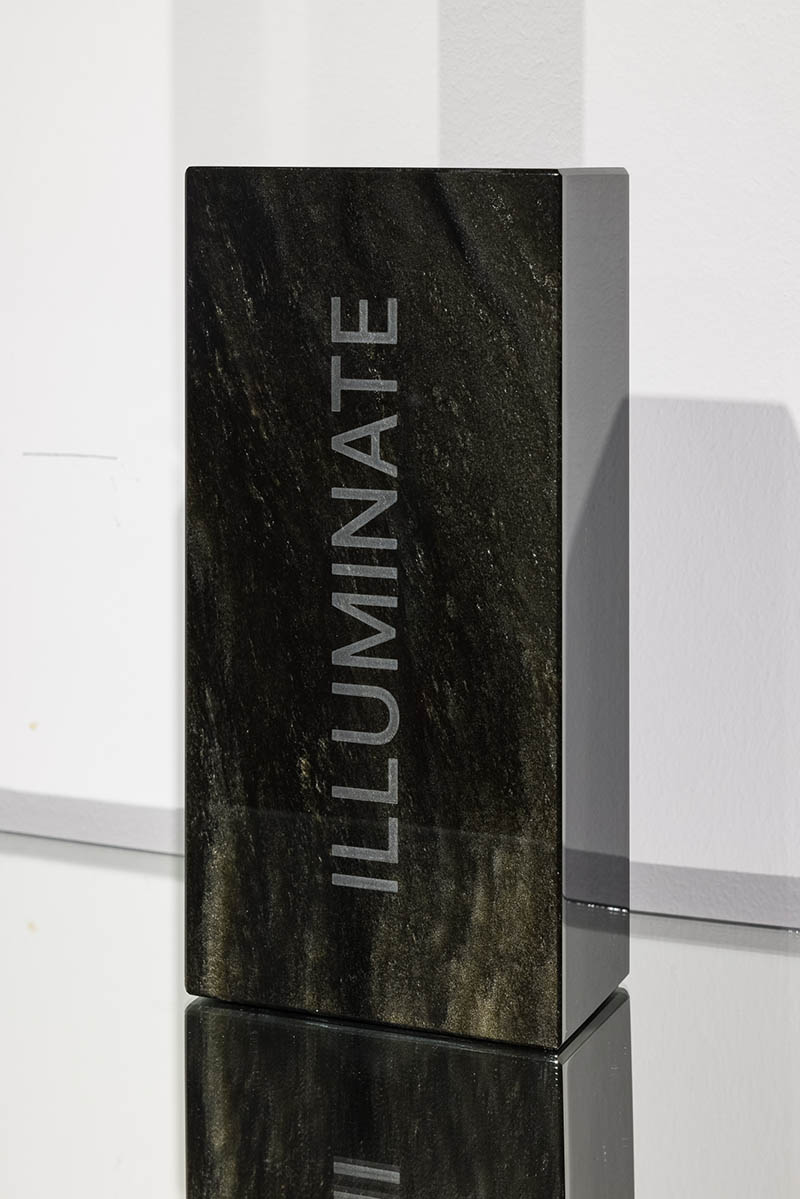
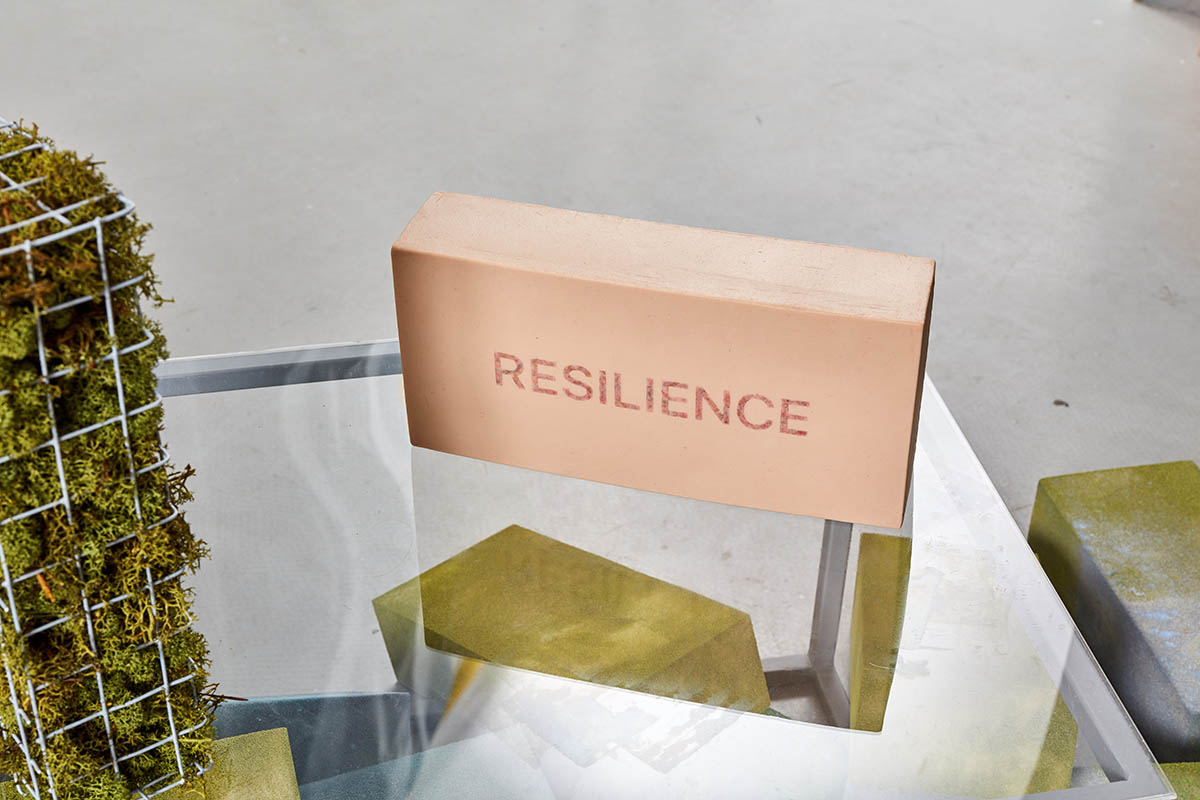
What are your many tools?
I always try to explore new alternatives on how to express my ideas, but at first, I consider myself as a medium or an agency to challenge. In the beginning, I used my webcam to create videos, later I had online diaries and I recorded virtual performances. I often use objects and build installations as the extension of my digital or performative practice. The bricks are the most common objects that I have been incorporating over the past years because of their symbolic presence. For example, they can refer to walls, blocks, barriers and repetitive patterns. I have brick-shaped sculptures from many different materials: from ceramic, wood and metal to marble and semi-precious stones. The words engraved to the bricks are reflecting on both their composition and human traits. Sometimes they embody burdens, virtues and healing qualities. I think of them as the small units of my body of work. They are all unique in a sense, but because of their handful size, they can be very interactive. I consider the books I am reading as tools, for my research and therapies as well. I learn a lot from the feedback of participants who come to my events and from the visitors who activate my exhibitions.

What are your biggest influences?
Personal breakthroughs and magical transformations. I am moved by artists who challenge themselves, show their vulnerabilities and create something great even from their struggles. I think it’s very important to allow others to participate in this work, since I believe those who can heal themselves can heal and inspire others. Being present and embracing the moments when I feel anxious and not good enough can be very difficult, but also challenging and powerful. I’m inspired by artists, activists, therapists and medicine professionals who focus on community care, diversity work and mental health. I am deeply influenced by plants that are incredibly intelligent and nurture everything on earth. I only eat plant-based food, I drink herb teas to calm my mind and I use plant medicines for my research and personal therapy. I believe solving conflicts starts on our plate and I am excited to continue to explore myself as part of nature. For many indigenous people who are still connected to their land and ancestral wisdom, this is not a question. I am influenced by everything that can reverse the impact of this separation anxiety which induced by an ‘imperialist white supremacist capitalist patriarchy’ as bell hooks said. Decolonizing movements, indigenous community practices and the efforts on diversity work inspire me.
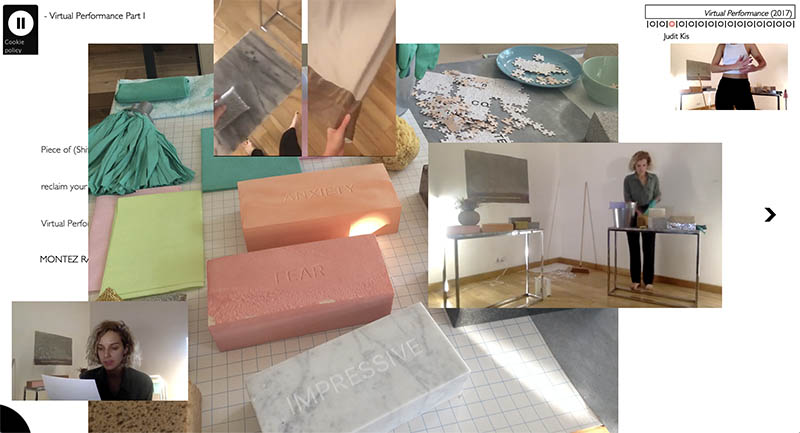
What does freedom mean when it comes to art?
I see freedom when I can decide what I find important enough, what I value and want to empower. My practice evolved from an integration process with many failures, how I worked through some of my own traumas. I freed myself in a sense to dedicate time for my mental health and it became a part of my art practice. The way I empowered myself I want to empower others to take care of themselves. Most of us struggle with mental health issues, but we live in a very unjust system that keeps traumatizing people. I am a woman and I may come from an Eastern European country, but I am still considered as a white privileged artist with a Eurocentric intellectual background which is normalized by the western canon. Those who don’t have the same background can feel that diversity work is their duty and not a choice. I think it should be everyone’s interest and task to create safe and inclusive spaces. It bothers me a lot when people complain about the aesthetic of artworks that can’t be interpreted by Eurocentric art education. What we call culture in Europe and in the U.S. is funded on the exploitation of millions of people of color. We must address the facts that big institutions (financial, art and educational) were built on the wealth gained from colonialisation, slave trading and from the product of their labor. Just because we see changes in the art world it doesn’t mean we don’t live in a toxic, systematically racist and violent society that excludes a lot of people. Those who don’t recognize this are part of the problem and I believe it’s time to listen to those whose culture and voice has been oppressed, ignored or forbidden. Most climate activists fighting in the frontline are first nation people who are trying to protect their land, because they understand that clean water and air are crucial for our survival. They are continuously being killed, harassed and banned, while they should be taken very seriously as our leaders to ease the inevitable climate disasters. Science and technology that people often praise can’t even control and reverse the harms it caused. My residencies in such culturally diverse places like New York and Mexico highly enriched my work, therefore I continue to research the ethics of community care and indigenous practices. In the current circumstances the most liberating act would be to free ourselves from trying to fit in and wanting to succeed in the system which is very unjust and takes us nowhere. If I am free to express myself and choose the topics I want to empower, I want to challenge and address this freedom of privilege.
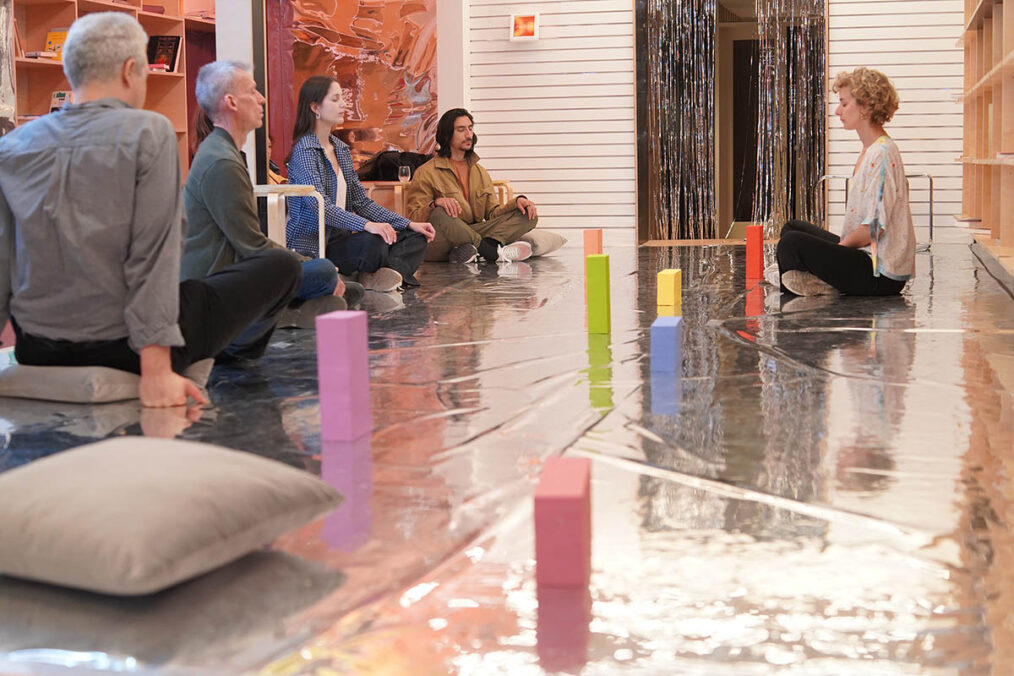
What kind of impact do you hope that your work has?
I want to remind people to find their way to take care of themselves and try to connect with others on a deeper level. I’m hoping that my work inspires the audience to reflect on their own experiences and learn about new perspectives on their issues. The preservation of our mental and physical health is an act of healing and exceptionally political in the current system. With my research, I would like to contribute to the work of culturally diverse communities that are focusing on alternative education, new economic models and ecological sustainability. With my experiences, I want to enrich dialogues in my own culture and bring new topics to discuss in any art circles. Wherever I go I want to create spaces that are inclusive and intimate for deep conversations. By learning from these experiences, I am hoping to have more confidence to raise my voice for those who can’t be present in a room where there is a discussion or argument about them.
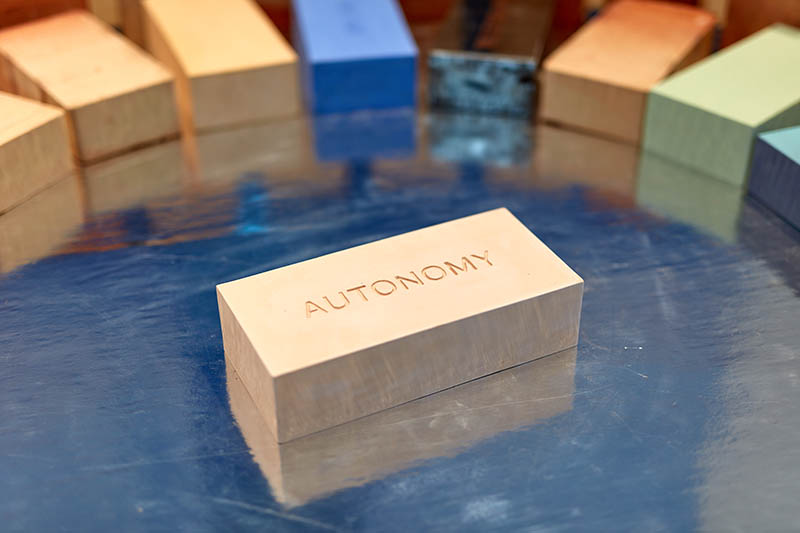
How do people react to your art?
Since my practice often exposes my vulnerability which can be a trigger for others, I do my best to involve the audience in my work. Through collaborations, workshops, yoga, and dance sessions, we can have a space to experiment, reflect and discuss the subjects of my work. There are many layers and those who are curious enough to understand my projects usually can connect on a very meaningful level. I have the most reactions when I do engagements because the participants often learn things about themselves and they are very grateful for that. It’s like they experience something relevant to their current conditions or just see something from another perspective. This really motivates me and I am glad to see more focus on the things that I value from the beginning of my career.
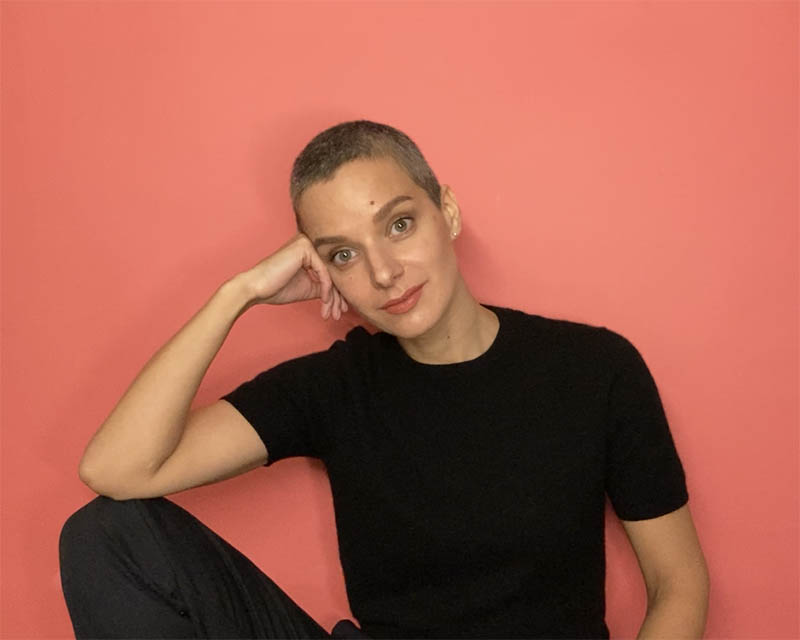
What are you working on currently?
I received a research grant to Mexico to explore projects and collaborations with local artisans and learn about indigenous community care. I have been working with a family business in Teotihuacan to produce artworks from obsidian and other precious stones. I have a new series of black obsidian mirrors which are believed were used for opening the subconscious imagination in ancient Mexico. I was inspired by the wisdom around such early technologies of the self and I am investigating how they are currently used for ‘shadow work’ and sleep issues in spiritual learning and oneiric research. I would like to include these mirrors during my next participatory performance and I imagine it will be a result of a nighttime discussion/sleepover on dreams and death with the performers. At the moment, I am participating in a group show at Border Project Space in Brooklyn and soon I will present my work at the exhibition, Queer Art Spaces at WUK in Vienna. I am planning a publication to summarize my previous work, especially focusing on my virtual performances from 2015 to 2017. I feel the need to archive and show those early experiments that are much more understandable in the light of new practices since the pandemic. I also received a small grant from my doctoral school to develop a virtual platform for a mental health game that will use the unit of bricks with custom words online. I did a pilot experiment last May with 50 participants playing with sponge bricks in a real space and it was a very promising and fun exercise. I am looking forward to organizing more accessible projects in the future, but I believe there is a lot to explore within art spaces as well in terms of creating intimacy and embracing vulnerability.
Where can people purchase your work?
I’m working with a studio manager who is responsible for my international production and sales. She can be reached through my website.
Judit Kis – www.u-dyt.com, www.instagram.com/u.dyt/



